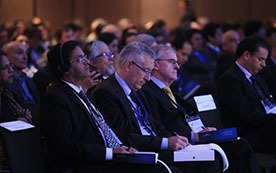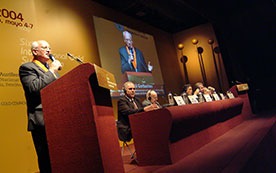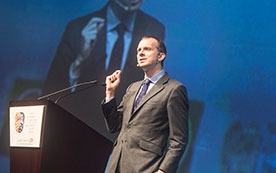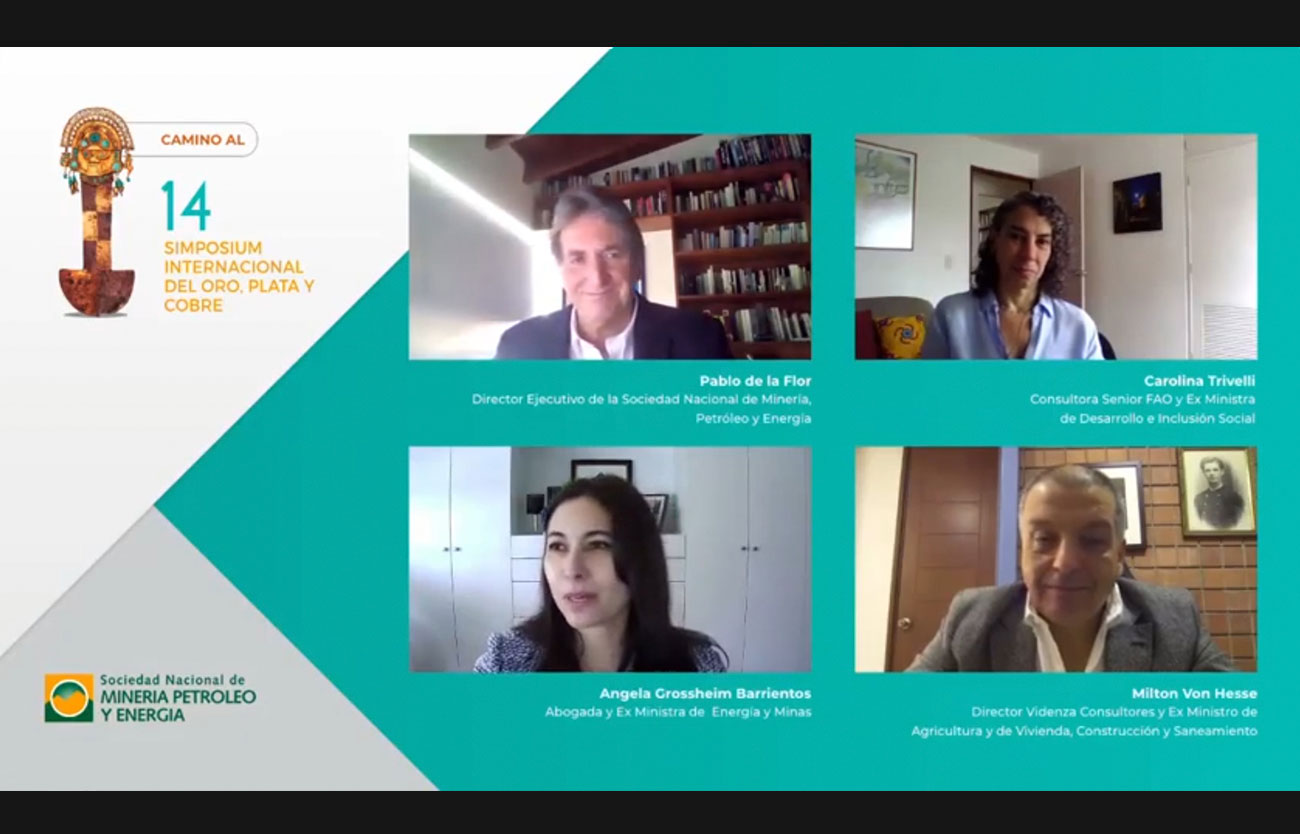
Meeting II
Regional and local governments received S/ 40 billion in canon and royalties between 2011-2020 as a result of the productive activities of the mining sector in the country, informed Pablo de la Flor, executive director of the National Society of Mining, Petroleum and Energy (SNMPE).
During his participation in the webinar “Dialogue: Challenges of translating mining income into development”, which is part of the activities “On the Road to the 14th Gold, Silver and Copper Symposium”, to be held in Lima in 2022; the industry representative explained that, of this total amount, S/ 30,371 million represented mining canon and S/ 9,619 million mining royalties.
He also pointed out that in the last 10 years, Ancash was one of the regions that benefited the most from canon and royalty transfers, followed by Arequipa and La Libertad, accounting for more than 40% of the total distributed during that period.
De la Flor, also stated that between the years 2011-2020, on average, 22% of the budgets of subnational governments (regional and local) was financed with resources coming from such transfers.
In this context, he cited, the contribution to the local and regional budgets was higher in mining regions such as Moquegua (42%), Ancash (42%) and Tacna (38%), thus evidencing the important contribution of the sector to the development of different regions of Peru.
The SNMPE representative indicated that in the last 10 years the regional and municipal governments receiving mining canon and royalties have executed, on average, 61% of their budgets using these funds.
Regarding the use of these resources by sub-national governments, he said that in average, approximately 50% of what has been spent goes to transportation, planning and education projects; and that in some regions, this prioritization of spending does not correlate with social and infrastructure gaps.
“In order to guarantee the positive impact of mining on local and regional economic development, it is essential to strengthen the management of regional and municipal authorities, so as to improve the quality and efficiency of public investment that is supported by the canon resources,” he said.
Along these lines, he commented that the use of the canon must be improved in order to ensure that these resources contribute to closing the social and infrastructure gaps that the country has been dragging along for decades. “The proper use of these funds must be safeguarded, prioritizing above all the welfare of the communities and towns closest to the mining operations, therefore it is also necessary to establish monitoring and control mechanisms that give more transparency to investments,” he said.
Carolina Trivelli, FAO senior consultant and former Minister of Development and Social Inclusion, said that the challenge for the authorities is to improve the distribution of the canon and royalties under a territorial approach to achieve better results in closing social and infrastructure gaps.
“One item to prioritize is the connection of communities through transportation and telecommunications works. The ideal would be to work on a minimum investment package that will translate into development,” he added. Trivelli mentioned that it is necessary to build a common agenda to improve the management of canon resources and mining royalties in favor of the country’s most remote communities.
Meanwhile, Milton von Hesse, director of Videnza Consultores and former minister of the ministries of Agriculture and Housing, Construction and Sanitation, mentioned that it is important to focus investment and transparency in the management of canon and royalty resources; and to this effect, he proposed the creation of a trust to provide a better administration of these funds.
“The territorial focus of social investments is essential and it is better to define a portfolio of projects in health, water and sanitation in order to invest the funds coming from the canon and royalties in greater priorities,” he said.
Finally, he commented that canon investments are characterized by not responding to a territorial view of development and that there is a low effectiveness and efficiency in the budgetary execution of these resources that come from mining development.
Meeting II was held on May 12 at 10:00 am, during which the challenges of translating mining revenues into development and the challenges of converting mining resources (canon and royalties) in development were discussed.
Moderator
- Angela Grossheim, former Minister of Energy and Mines
Panelists
- Carolina Trivelli, Senior Consultant at FAO and former Minister of Development and Social Inclusion
- Milton Von Hesse, Director, Videnza Consultores and former Minister of Agricultura, and of Housing, Construction and Sanitation
- Pablo de La Flor, Executive Director of National Society of Mining, Petroleum and Energy
Relive Meeting II here:
